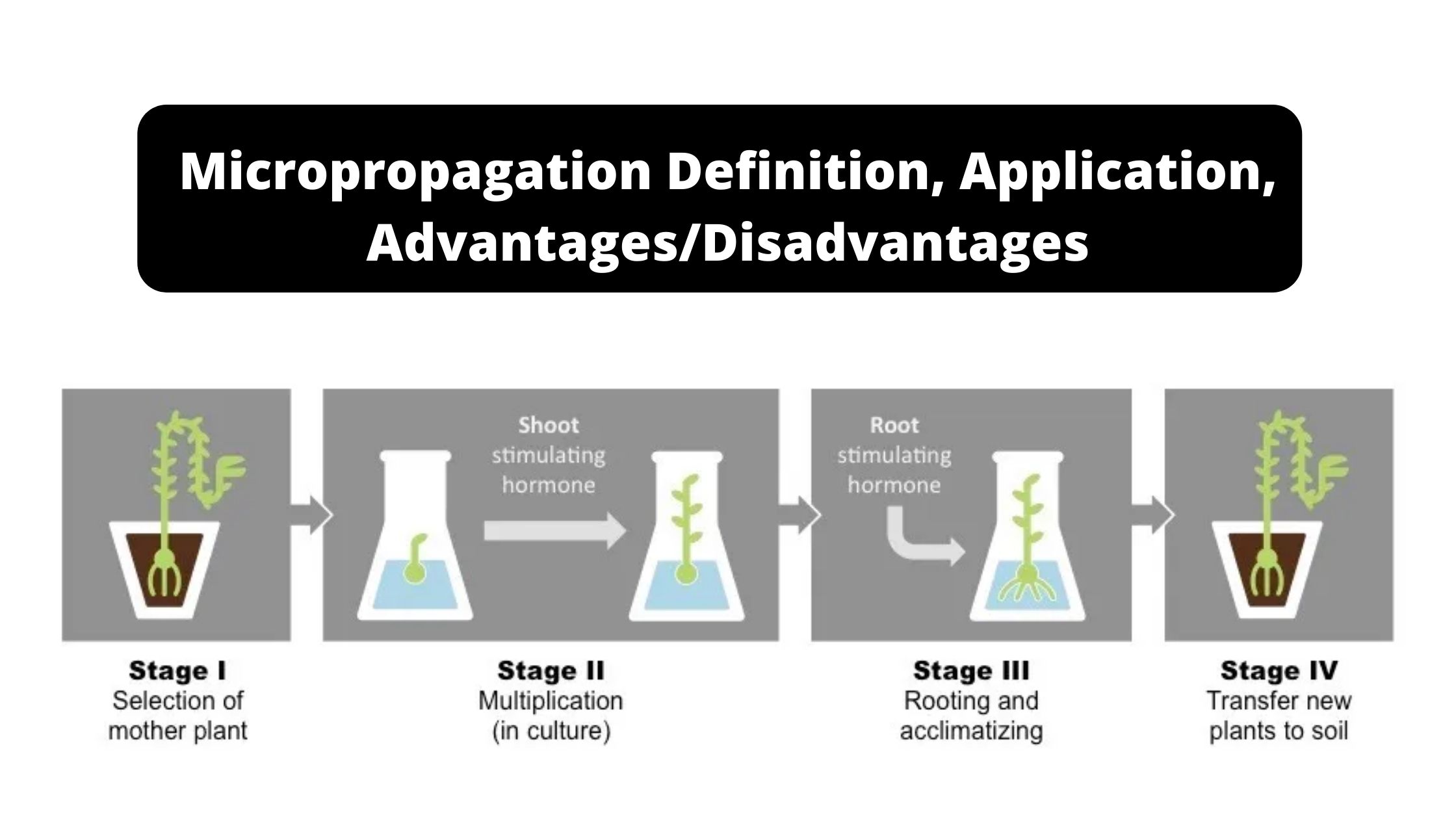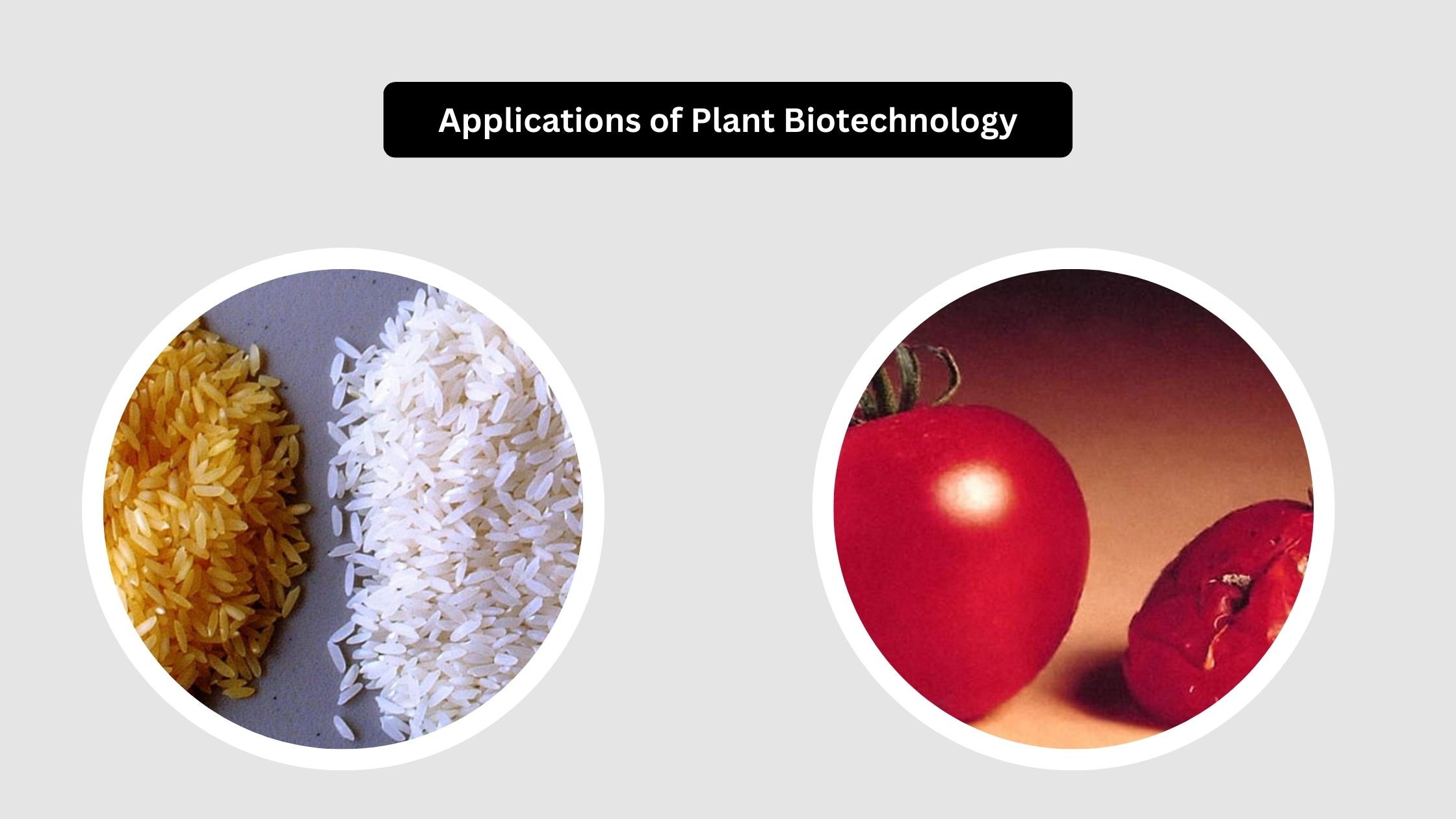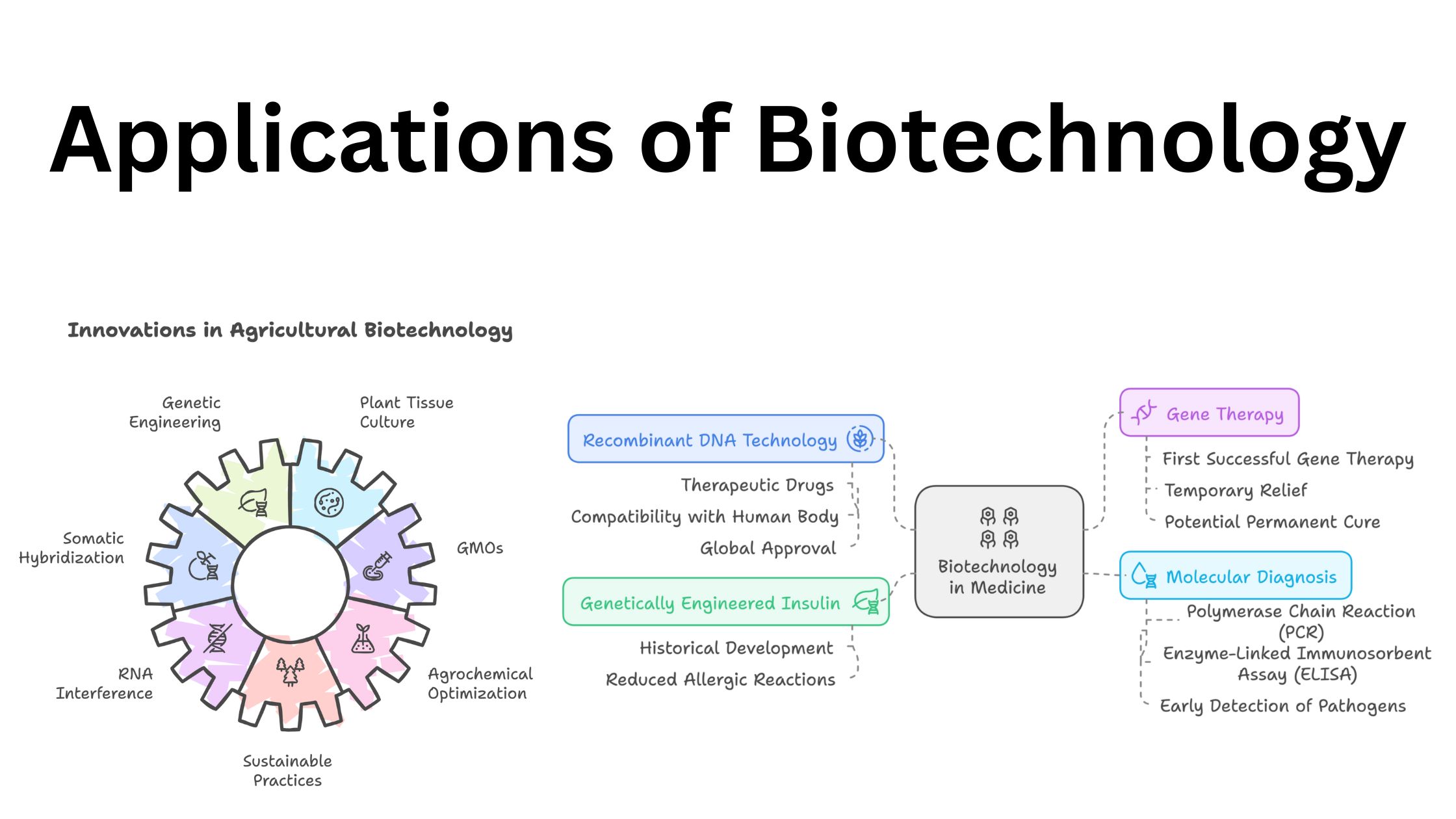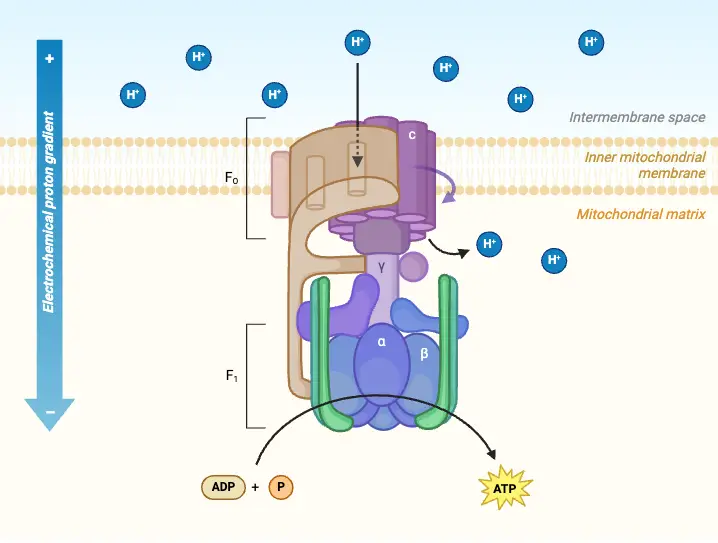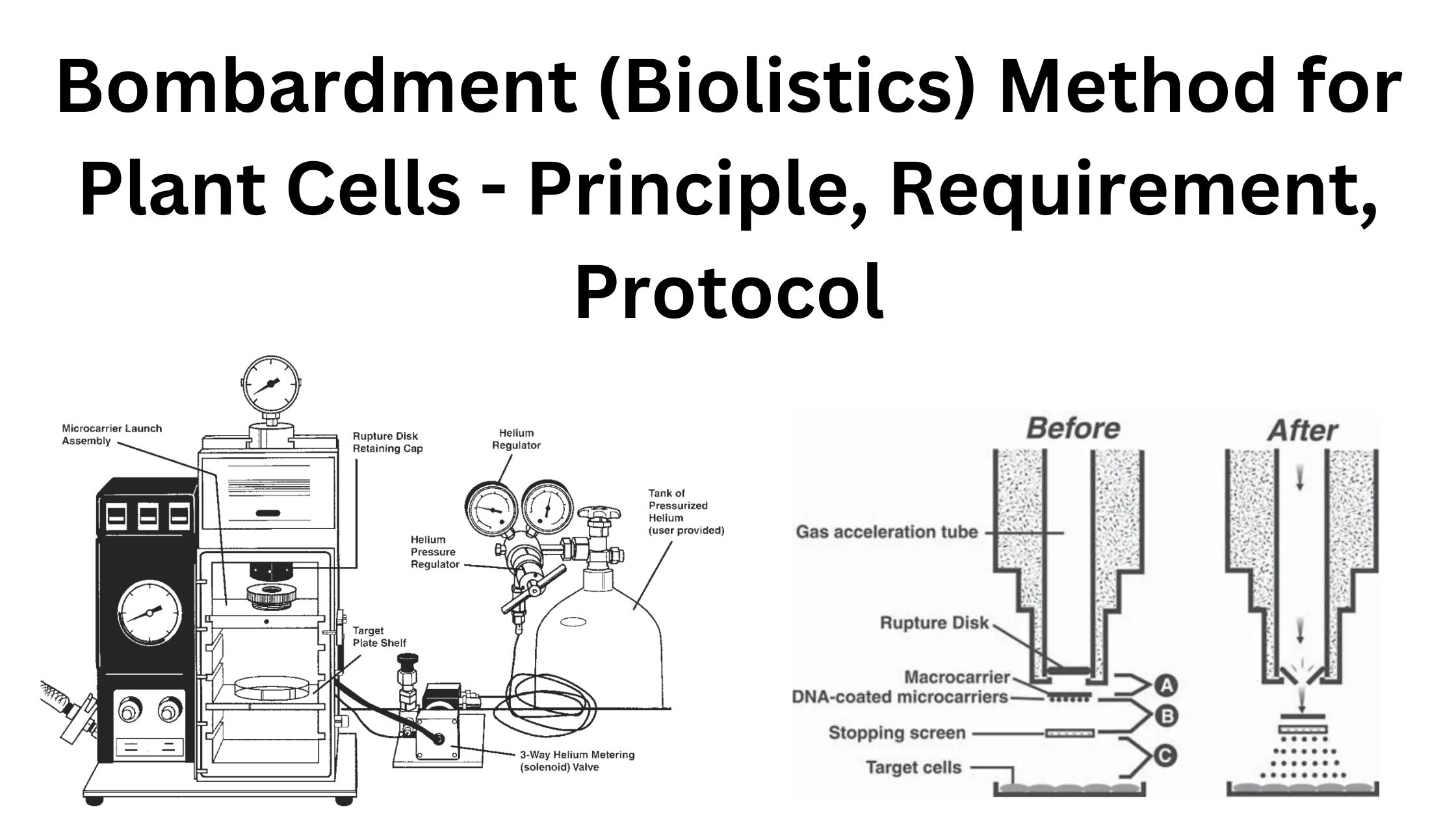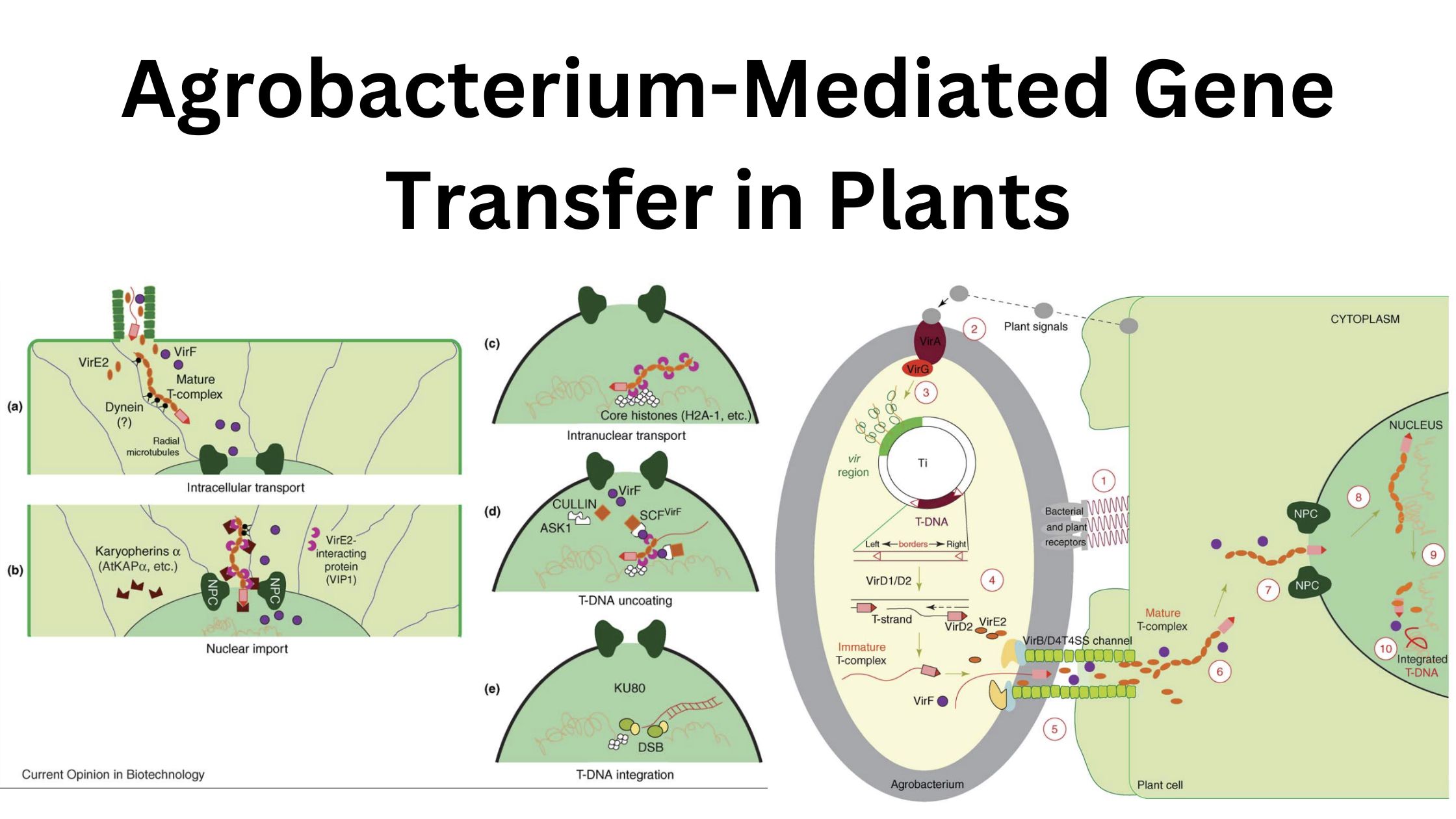Micropropagation – Definition, Application, Advantages, Disadvantages
What is Micropropagation? Micropropagation Definition Micropropagation is a method of rapidly multiplying plants by growing plant tissues, typically from the apical meristem, in sterile, controlled conditions to produce genetically identical clones. It is used for large-scale plant production, crop improvement, and maintaining genetic uniformity. Stages of Micropropagation – Steps of Micropropagation Micropropagation is a technique used … Read more
